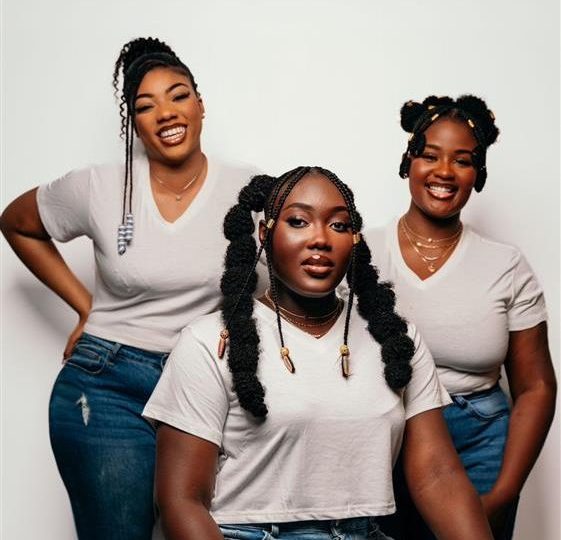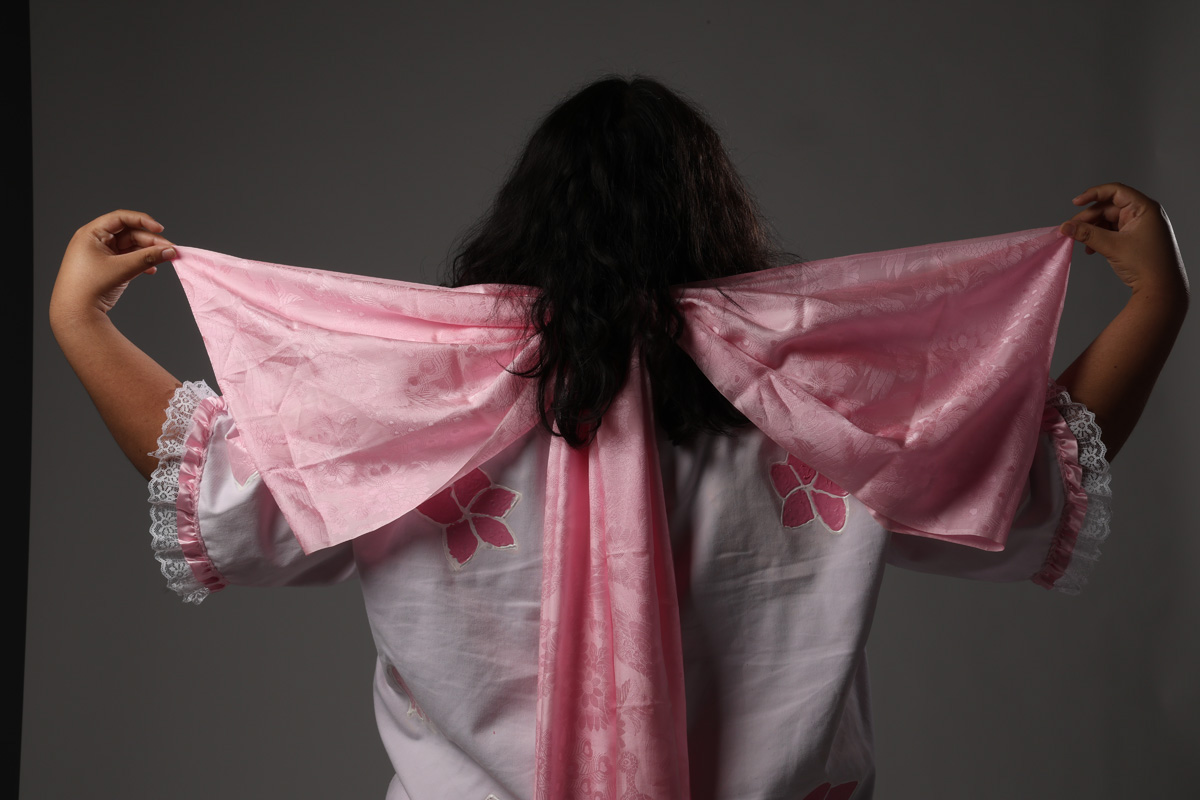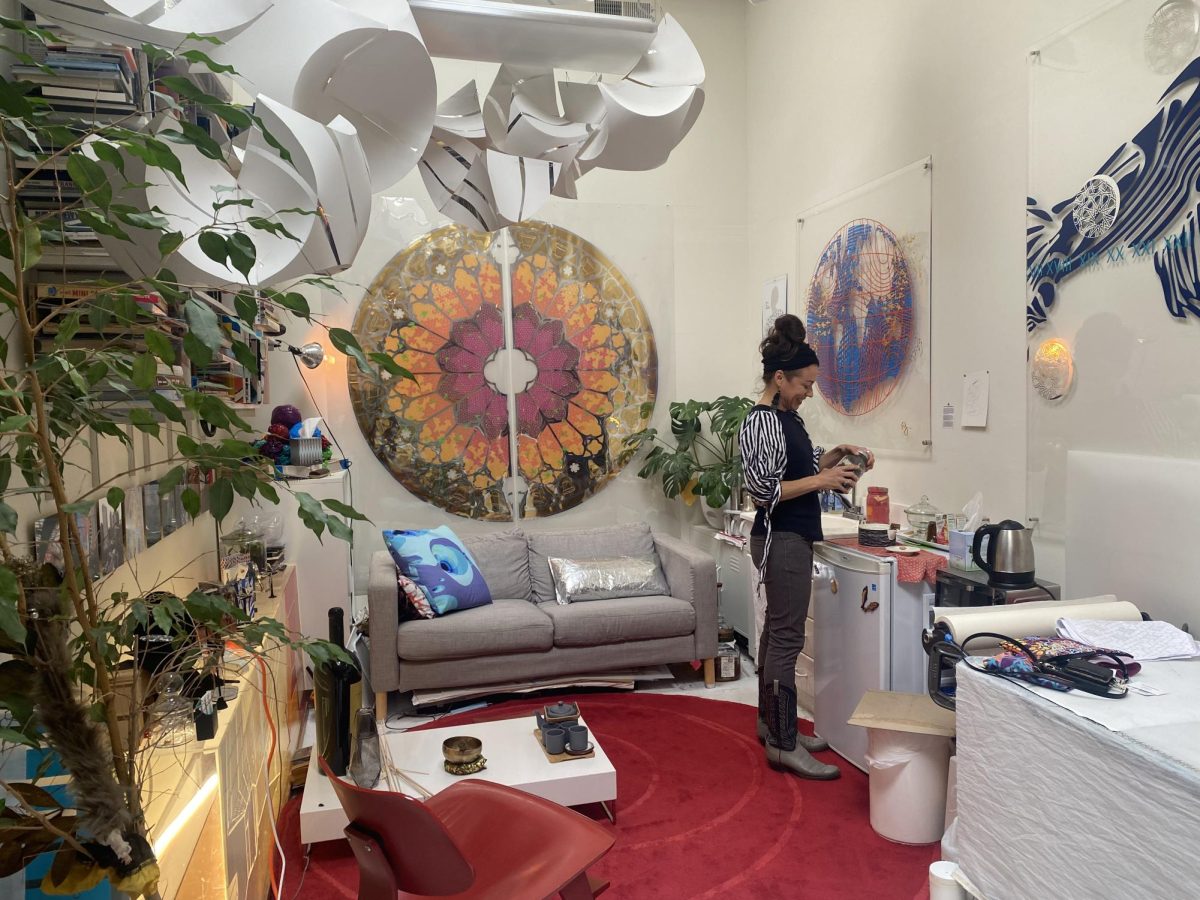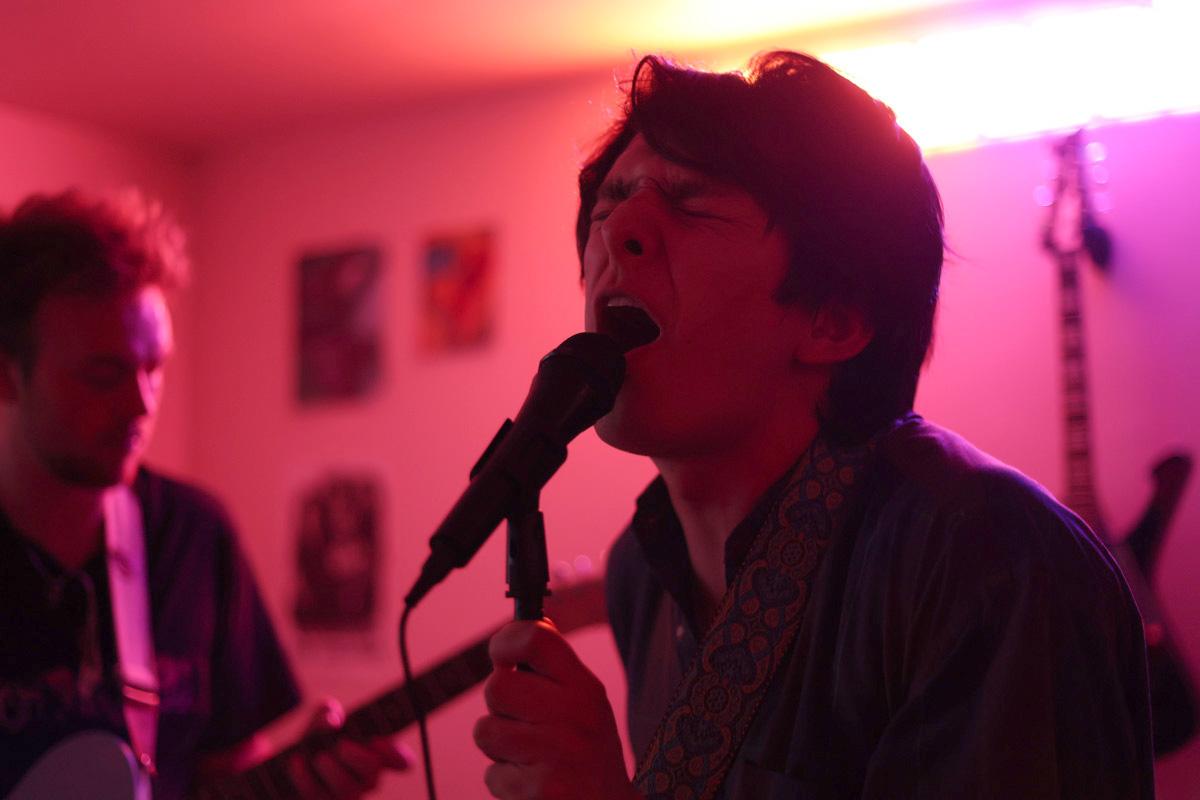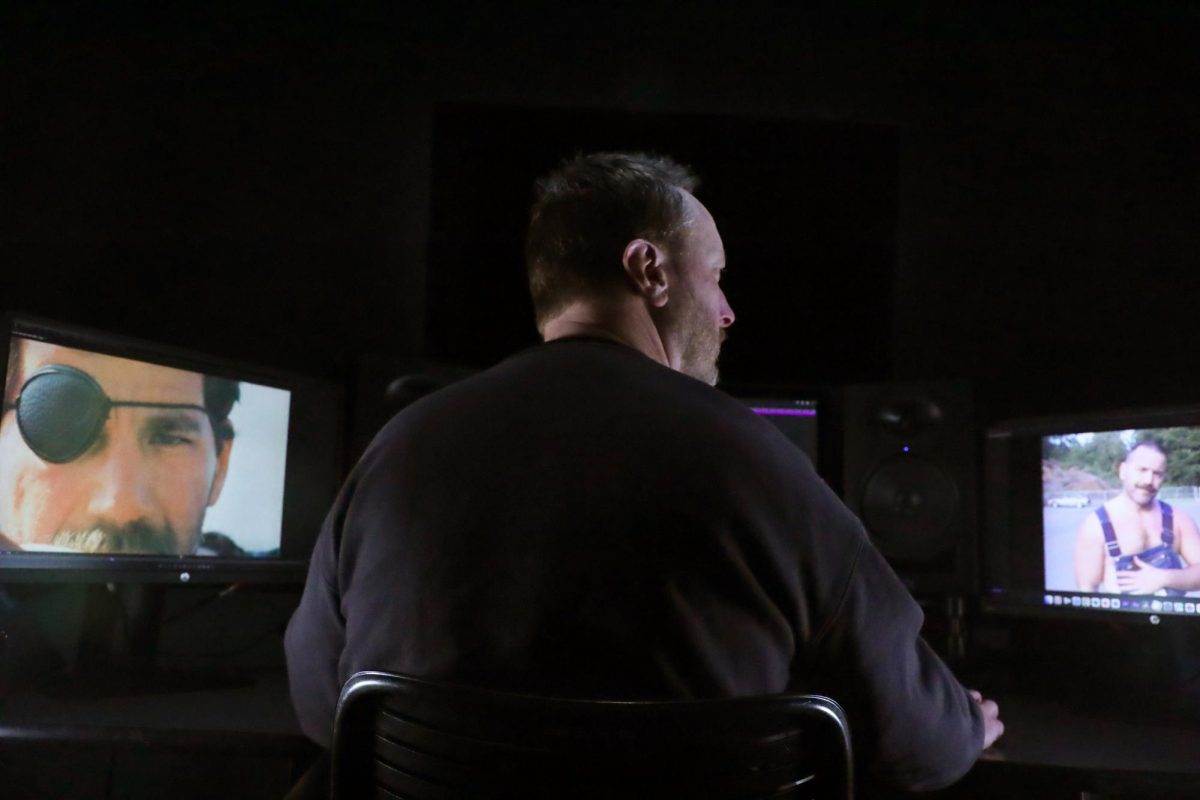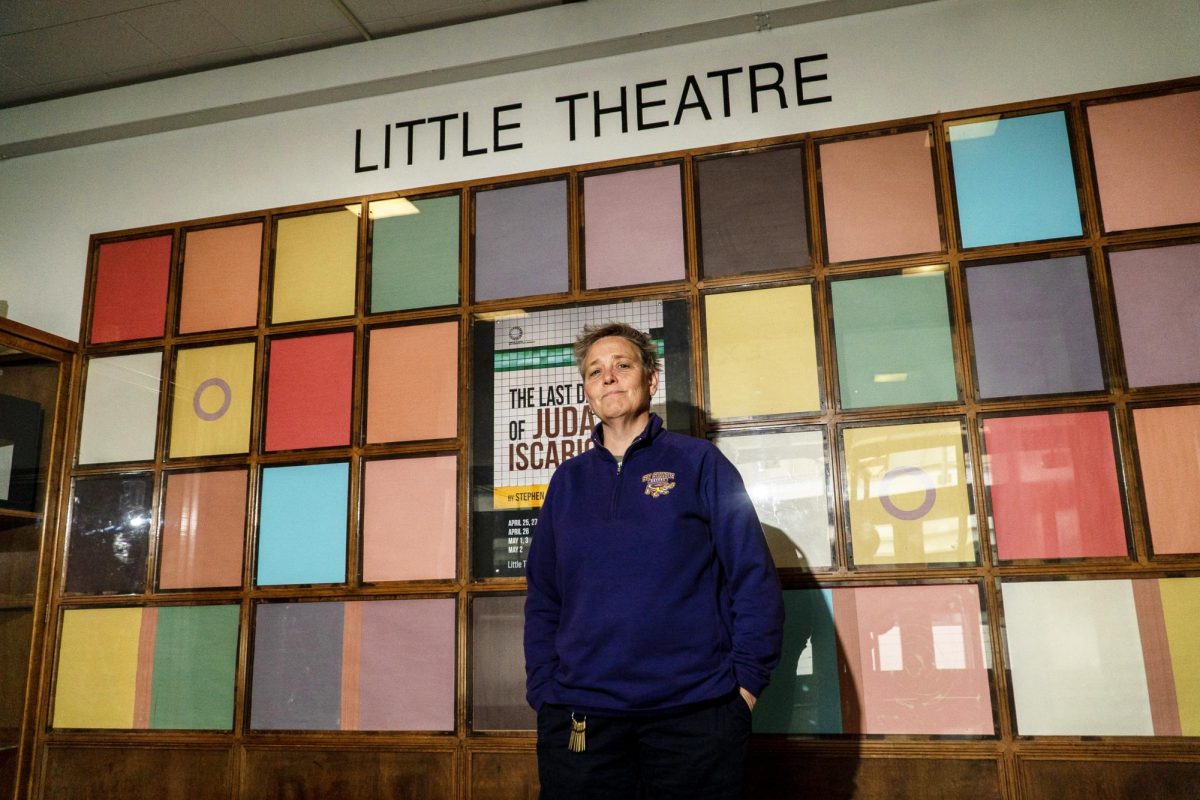
Creative gatherings take shape in many different forms, from art exhibitions, workshops, public lectures and readings and so on. For San Francisco-based artists Courtney Cerruti and Mike McConnell they organize Social Sketch, where they invite people to come together, draw, as well as eat and drink. Their intension is to create a sense of community through these art gatherings in San Francisco, the Bay Area, and beyond.
I went to my first social sketch last November at Thee Parkside, by myself. I’ve known Courtney from mutual art friends, so I knew I’d know at least one person there. But when I got there I sat with other people and made friends and exchanged drawings and drank. I had a good time.
Then, last month I went to the Social Sketch at MUA in Oakland, again by myself. And again made new friends, who had also gone alone. Once again, had a great time and encourage everyone to check it out sometime.

Heads up, there is a Social Sketch taking place at workshop space and art collective, The Secret Alley (180 Capp St.), tonight from 7-10pm. BYOB (Bring your own booze, burrito, and sketching supplies).
Following January’s Social Sketch at MUA in Oakland I had a chance to ask Courtney and Mike about their experience with Social Sketch so far. I’ll be referring to myself, Derek, as D, Courtney, as C, and Mike, as M.
Derek: Can you describe what social sketch is?
Cournety: Social Sketch is a casual environment where creatives and aspiring creatives can meet, sketch, collaborate and chat.
Michael: It is also is a way for all of us who are connected through means of social media to meet in person and connect on a more personal level.
D: When did you first being thinking and planning of social sketch (in sf)? How did you vision it? Did you feel events like this were lacking?
C: Social Sketch started because Mike and I would get together and paint. These nights were pure experimentation with no rules. We would pass paintings back and forth and wind up with some really fun and inspired results. We both posted work from the evening on Instagram under the hashtag #ccrabbit. We had an amazing response to the work, and people commented that they would love to join, so we thought why not open it to a larger audience.
M: We wanted it to be a way for people to connect face to face. Unlike other live drawing events that often focus on artists working by themselves on their own work in front of the public, we wanted to encourage people to collaborate on pieces together. In the past I’ve found collaborating as a way to experiment and break out of the norms if my normal art practice.

D: Social Sketch reminds me of other art gatherings like Sketch Tuesday at 111 Minna, except for Social Sketch its free, open to the public, and anyone can participate, not just watch other people draw. why was that important in deciding what Social Sketch is?
C: The first social sketch was free to attend, but invite only. Mike and invited a large group of friends, colleagues and followers just to see how it would work and how people would respond… if they would even come. We held the firstsocial sketch at El Rio which has an large open outdoor space as well as alcohol. We had about 20 people attend and everyone had fun, created work and expressed an interest in coming to them regularly.
M: I feel like the community aspect of social sketch is important. You didn’t have to define yourself as an artist to attend and contribute. At the el rio event some people just hung out and told stories or shared what we were doing on their Instagram feeds which helped give the event momentum.
D: How have you gone about organizing with Michael, and working with your hosting venues?
C: Mike and I work really well together. Being artists, we tend to work down to the wire and keep it fairly casual, so the venue changes monthly and we contact bars and cafes we like and we think have the right space to accommodate a collaborative event like sketching. We take it on a case by case basis and event has grown organically.
M: We tend to both pool from our social networks. We work really well together, most the organizing happens in rapid texts, while having a #ccrabbit painting session or a walk around the city.
D: What have been some challenges with putting on the social sketch, and spreading the word?
C: So far, we’ve had an amazing response. Every time we hold a social sketch we each get several inquiries about how people can start one in their area. We’re so excited that we have two new chapters of SS starting in Washington and Colorado and we have plans to help organize more in California.
M: The main challenges have been securing a venue. You have to work around the busy nights at bars and find places with adequate seating and lighting.
D: Why are you using places like bars and restaurants for Social Sketch, instead of another kind of art space? What are your arrangements with the places where social sketch happens, are you paying them, or something else?
C: We don’t pay the venues where we hold Social Sketch but we hold sketches on weekdays and there are usually 20-40 ppl who drink and eat while drawing. I think the addition of food and drinks help create a casual and communal feel.
M: Bars are also open to the public. So on their slow nights they are happy to host and it makes it casual. We don’t have to guarantee certain numbers or pay a fee. Allowing SS to remain a free event.

D: There is also a collaborative component at social sketch, where people can traded and work on drawings together. Why is collaboration important for Social Sketch?
C: We encourage people to collaborate and trade work but its not mandatory. People can also come to social sketch and work in their own sketchbook. Its incredible how much work is actually created and people are always shy about taking pieces home. We have a huge pile of work left over that we bring to the next SS to circulate.
M: I think collaboration is important to challenge your ways of art making. The casual aspect allows you to not feel every piece has to be so precious. It’s very freeing in that way.
D: Part of Social Sketch is geared toward an emphasis in community, can you tell me more about that. What community/communities are you trying to bring together and how do you feel social sketch works to do this? An art community? friends and friends of friends?
C: Although it doesn’t seem like it all the time, the art community of San Francisco is really small. Sometimes, however, its easy to stay in your own small group of makers and friends. Because I live in the East Bay but work in SF I have artist friends on both sides of the Bay. I also have friends who are fine artists, friends who are crafters, and friends who are just starting to explore art making. Bringing these people together can create bigger and broader communities and the work we create together in collaboration the results are always unexpected. Above all though, we want these nights to be FUN.
M: I think it helps break down the barriers between artists and makers. We all have egos I suppose and it’s nice just to be part if a creative collective. I also love Oakland and like getting my sf people over the bridge. I was part of Oakland live drawing for years and was one of the only sf people who would commute over. It was amazing meeting all these other talented and interesting people.
For the latest news from Social Sketch and see when the next events are, visit Social Sketch on Facebook.


